We all know that the British ruled India keeping one adage in mind — divide and conquer. And this was very evident when then Viceroy of India, Lord Curzon decided to divide Bengal in a way that the western part was home to the Hindu majority area and the eastern part for the Muslim majority.
The division was short-lived and the partition was reversed in 1911. Nevertheless, the forces unleashed by the division lived on and culminated in another — more permanent — Partition in 1947.
We take a closer look at the partition of Bengal as part of Firstpost’s ongoing series, titled History Today, in which we take a look back at significant events that left an indelible mark on our lives.
Partition of Bengal
On October 16, 1905, the division of the province of Bengal was formally promulgated by then British Viceroy Lord Curzon.
At the time, Curzon noted that Bengal, which involves modern-day Bengal, Bihar and Odisha, was much too large for a single province and determined that it merited reorganisation and division. The line drawn by Lord Curzon’s government cut through the province, separating the largely Muslim eastern areas from the largely Hindu western areas.
However, the Indian National Congress saw Curzon’s moves for what it was. They said that the partition of Bengal was an attempt to ‘dive and rule’ and proof of the British government’s antipathy.
Impact Shorts
More ShortsOn October 16, 1905, people in Bengal and across India began a mass protest against the British raj. Many boycotted British goods — students forced shopkeepers to stop selling British goods. They also boycotted government schools and colleges.
Some protesters even began fasting and observed a general strike. The song “Amar Sonar Bangla”, composed by Rabindranath Tagore, was sung by many. Many were seen walking bare foot to the Ganga singing Vande Mataram. Hindus and Muslims tied rakhis on each other’s hand as a symbol of unity.
The swadeshi movement received an impetus with the establishment of Swadeshi enterprises like textile mills, tanneries, banks, soap and match factories, etc.
Sensing that the protests were only hurting them, the partition was reversed in 1911. Additionally, the capital of India was shifted from Calcutta (now Kolkata) to Delhi, east and west Bengal were reunited. Assam, Bihar and Orissa were separated to form a new province.
Cuban Missile Crisis begins
On October 16, 1962, the Cuban Missile Crisis began as US President John F Kennedy was informed that reconnaissance photographs had revealed the presence of nuclear missile bases in Cuba.
For those who are unaware, the Cuban Missile Crisis is a major confrontation that brought the United States and the Soviet Union close to war.
It all began when an American U-2 spy plane secretly photographed nuclear missile sites being built by the Soviet Union on the island of Cuba. Then US President Kennedy did not want the Soviet Union and Cuba to know that he had discovered the missiles. He met in secret with his advisors for several days to discuss the problem.
After many long and difficult meetings, Kennedy decided to place a naval blockade, or a ring of ships, around Cuba. The aim of this “quarantine,” as he called it, was to prevent the Soviets from bringing in more military supplies. He demanded the removal of the missiles already there and the destruction of the sites. On October 22, Kennedy spoke to the nation about the crisis in a televised address.
No one knew how then Soviet leader Nikita Khrushchev would respond. But, the leaders of the two superpowers realised the devastating possibility of a nuclear war and it was publicly agreed that the Soviets would dismantle the weapon sites in exchange for a pledge from the United States not to invade Cuba.
In a separate deal, which remained secret for more than 25, the United States also agreed to remove its nuclear missiles from Turkey. Although the Soviets removed their missiles from Cuba, they escalated the building of their military arsenal; the missile crisis was over, the arms race was not.
First non-Italian wins the papacy since 1523
There have been over 267 popes in history, the vast majority of whom have hailed from Italy. And on October 16, 1978, history was made when Karol Józef Wojtyła became Pope John Paul II, making him the first non-Italian pope since 1523.
Born in Wadowice, Poland, on May 18, 1920, Pope John Paul II was among the youngest popes in history. Elected at the age of 58, he was also one of the longest-reigning popes. John Paul II was also something of a trendsetter, as both of his successors, Benedict XVI and Francis, weren’t from Italy either. Benedict XVI, born Joseph Alois Ratzinger, was German and took the rare step of resigning in 2013, while Pope Francis (born Jorge Mario Bergoglio) was from Argentina.
This Day, That Year
1793: On October 16, France’s Marie Antoinette was beheaded. Her execution came nine months after her husband’s, the former King Louis XVI.
1923: Walt Disney and his brother Roy found the Disney Brothers Cartoon Studio in Hollywood. The studio, now known as the Walt Disney Company, has had an oversized impact on the entertainment industry and is now one of the largest media companies in the world.
1964: China, eager to join the nuclear race, successfully detonated its first atomic bomb.
With inputs from agencies


)
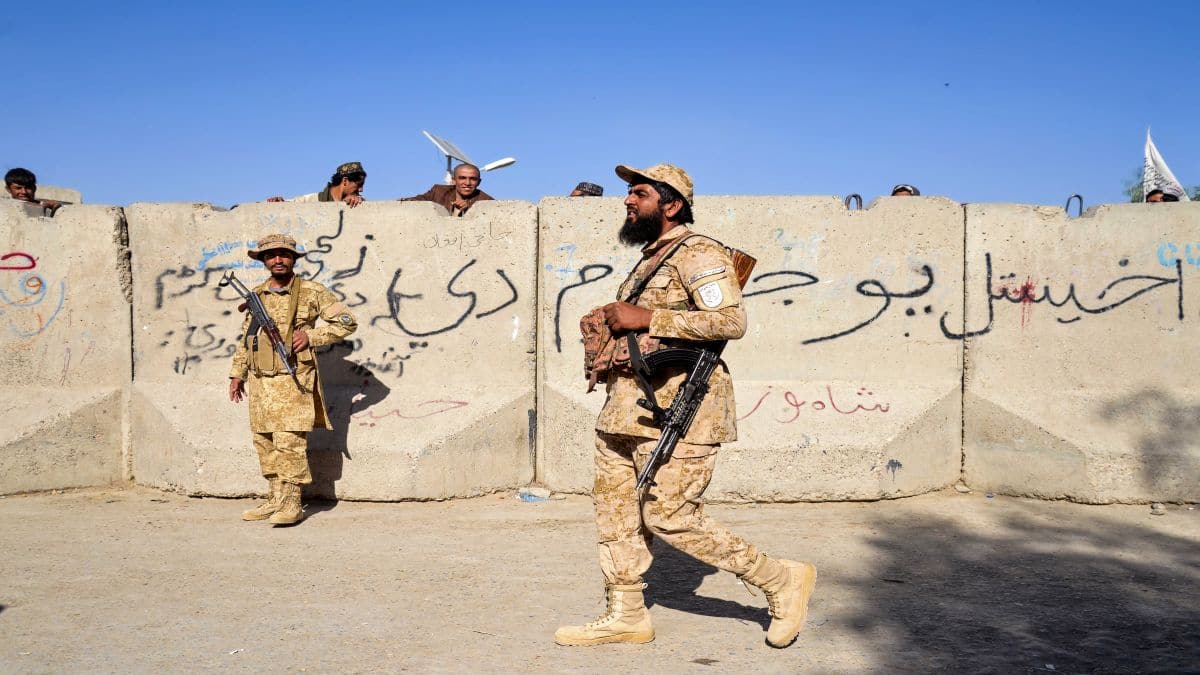
)
)
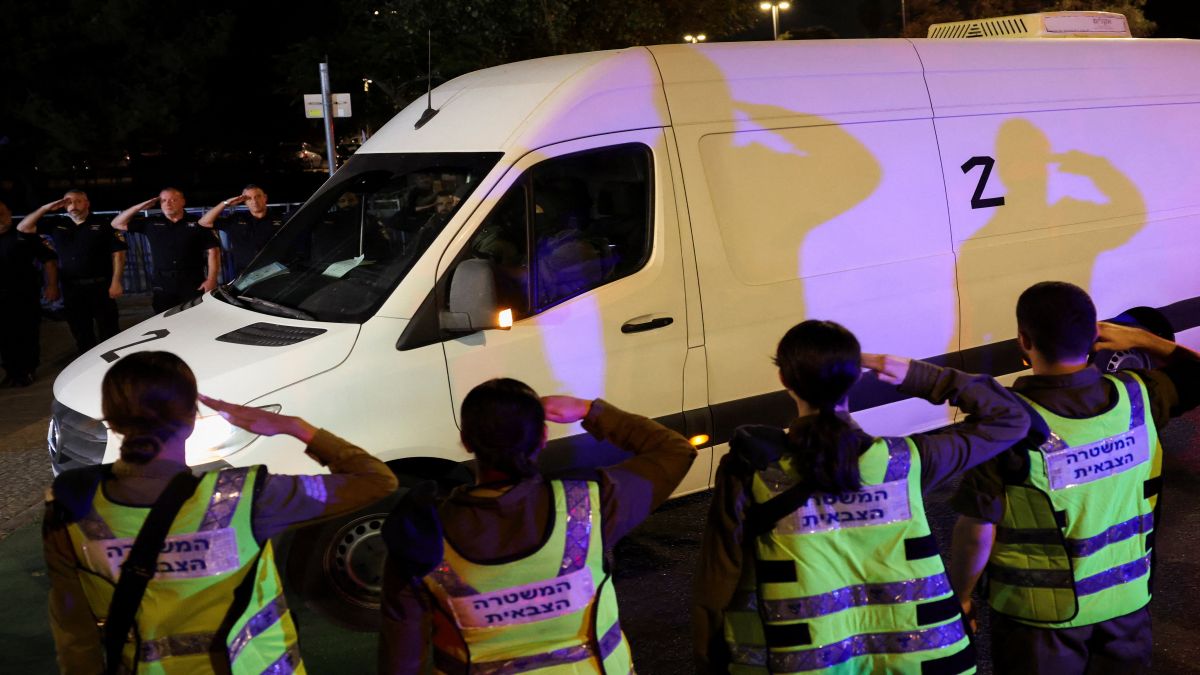)
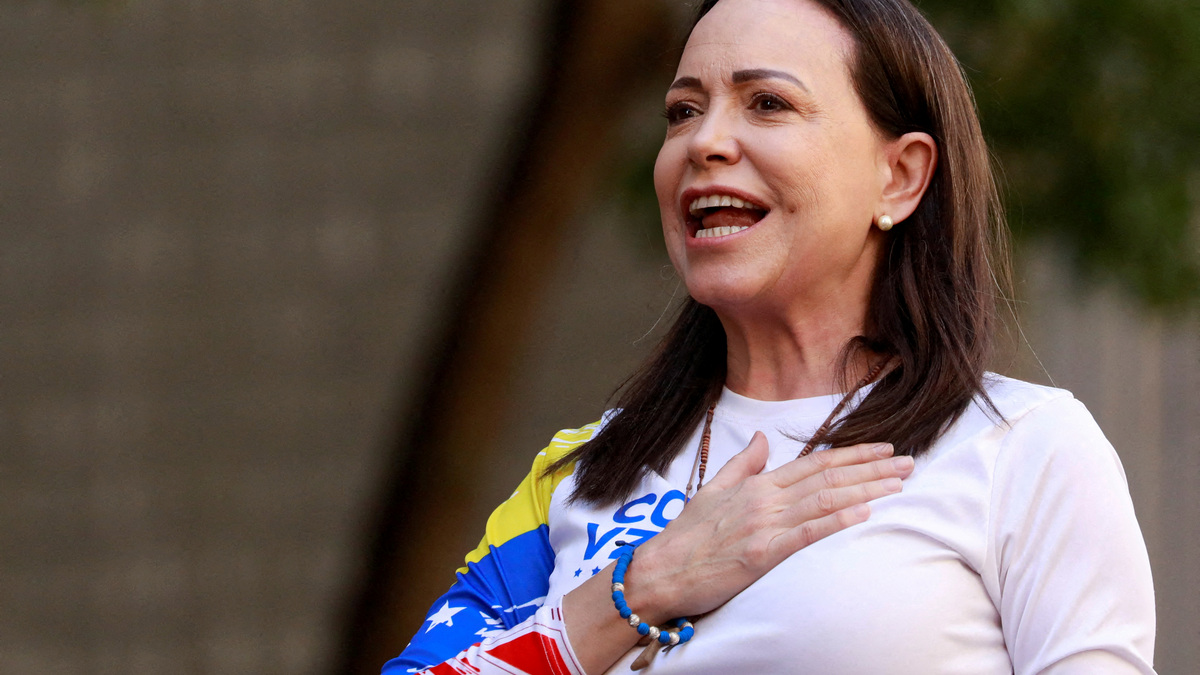)
)
)
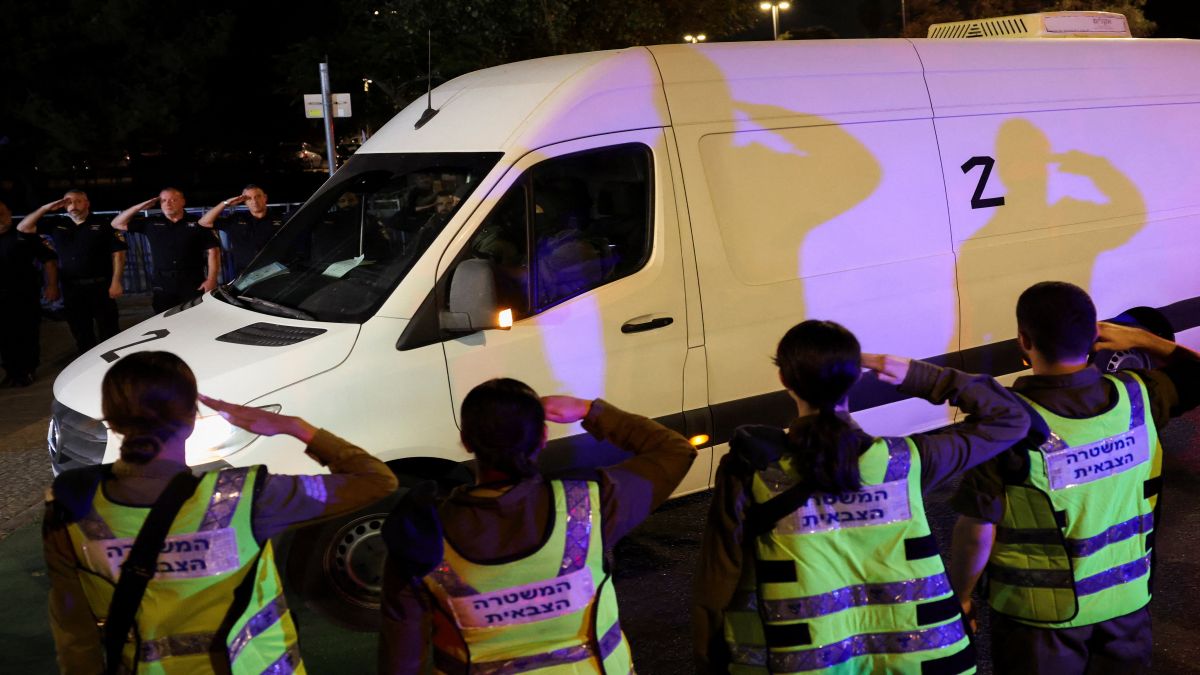)
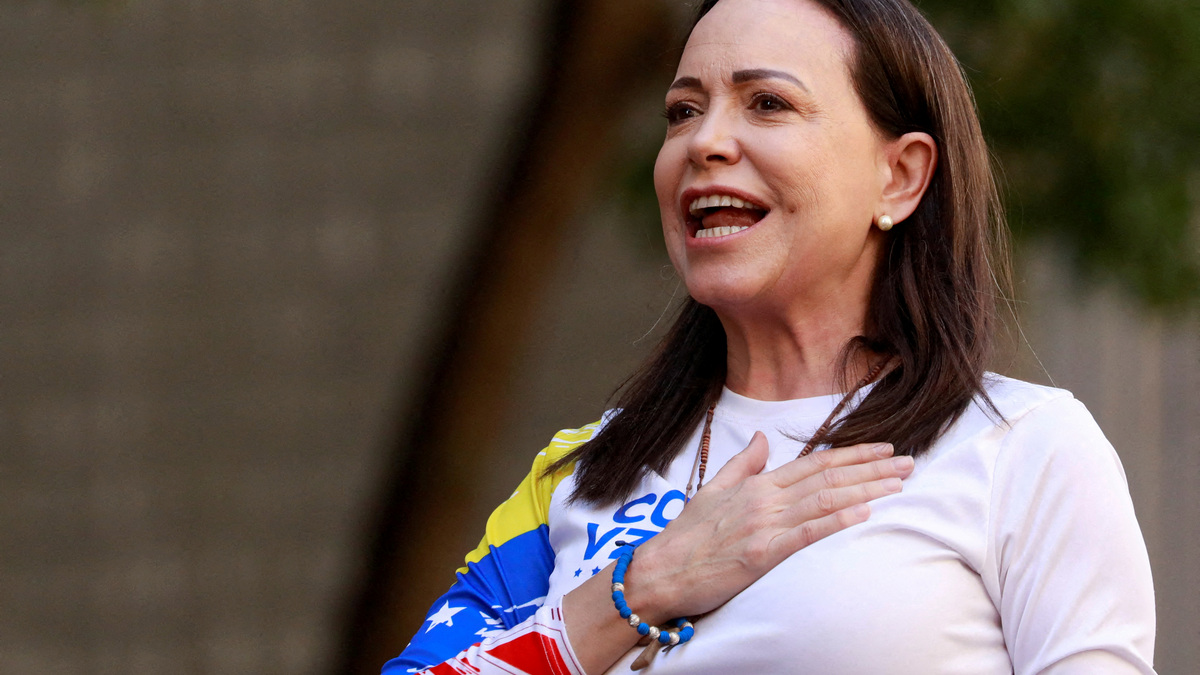)



